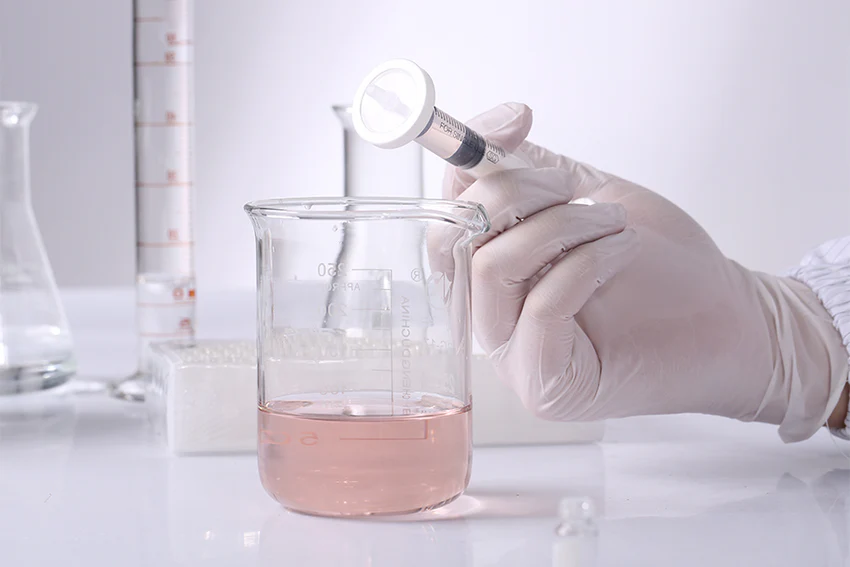Understanding HPLC and Its Challenges
High-Performance Liquid Chromatography (HPLC) is a powerful analytical technique used for separating, identifying, and quantifying components in liquid samples. Given its high precision, HPLC is indispensable in various fields, from pharmaceuticals to environmental analysis. However, to achieve reliable results, it is crucial to filter the sample and mobile phase beforehand. This pre-filtration step removes insoluble particles that can clog the injection valves, tubing, and columns, which are vital components of the HPLC system. Effective filtration not only prevents these blockages but also minimizes interference from impurities, enhancing data accuracy.
One of the significant factors affecting the performance of HPLC is the purity of the filter membrane used. Membranes with high levels of extractables can introduce several issues, such as:
- Impaired separation and integration of chromatographic peaks
- Formation of ghost peaks
- Alteration of stationary phase selectivity
- Impact on chromatographic baseline stability
- Decreased lifespan of high-pressure pump and other critical components due to corrosive ions
Cobetter’s Low Extractable HPLC Nylon Membrane: A Game Changer
To address these challenges, Cobetter has developed a low extractable, unsupported nylon nanofiber membrane specifically designed for HPLC sample preparation. This innovation stems from Cobetter’s extensive expertise in membrane applications and continuous improvements in their manufacturing processes. Here’s how Cobetter’s nylon membrane stands out:
Key Advantages
- Enhanced Detection Results: Cobetter’s nylon membrane ensures higher sensitivity and accuracy, making it particularly suitable for trace analysis where detecting minute quantities is essential.
- Reduced Equipment Wear: By prolonging the lifespan of chromatographic columns and reducing maintenance costs, Cobetter’s membrane helps in maintaining the efficiency and longevity of HPLC systems.
- Superior Membrane Structure: The membrane features fibers with diameters as small as 200 nm, providing ultra-high porosity and flow rate while ensuring excellent retention efficiency.
Comparing Traditional and Cobetter’s HPLC Nylon Membranes
Traditional HPLC Organic Phase Nylon Membranes
Traditional nylon membranes undergo a phase transition process during manufacturing, involving multiple solvents that are challenging to clean thoroughly. This often leads to extractable contamination, particularly in organic solvents like methanol and acetonitrile. These membranes also suffer from low porosity and flow rates, which can hinder HPLC performance.
Cobetter Nylon Nanofiber Membrane
In contrast, Cobetter employs an advanced electrospinning process—originating from Japan—which eliminates the need for any additives in the manufacturing process. This results in membranes with revolutionary advantages, such as:
- Clean Background and Low Extractable: The absence of additives and a cleaner manufacturing process reduce the risk of extractable contamination.
- Enhanced Structural Properties: The nanofiber structure, with fibers as small as 200 nm, ensures high porosity and flow rates, enhancing the overall efficiency of the filtration process.
Cobetter’s unsupported nylon nanofiber membrane offers outstanding performance in HPLC dissolution testing. The amount of dissolution is significantly lower compared to other brands, and the retention time curve is smooth, without noticeable dissolution peaks, providing a clean background. These characteristics make Cobetter’s membrane highly suitable for sample preparation in HPLC.
Through innovative solutions and exceptional product quality, Cobetter helps customers overcome application challenges, meet product requirements, and reduce system costs. By ensuring the highest standards in filtration, Cobetter’s low extractable nylon filter membranes are a critical component in achieving reliable and precise HPLC analysis.






